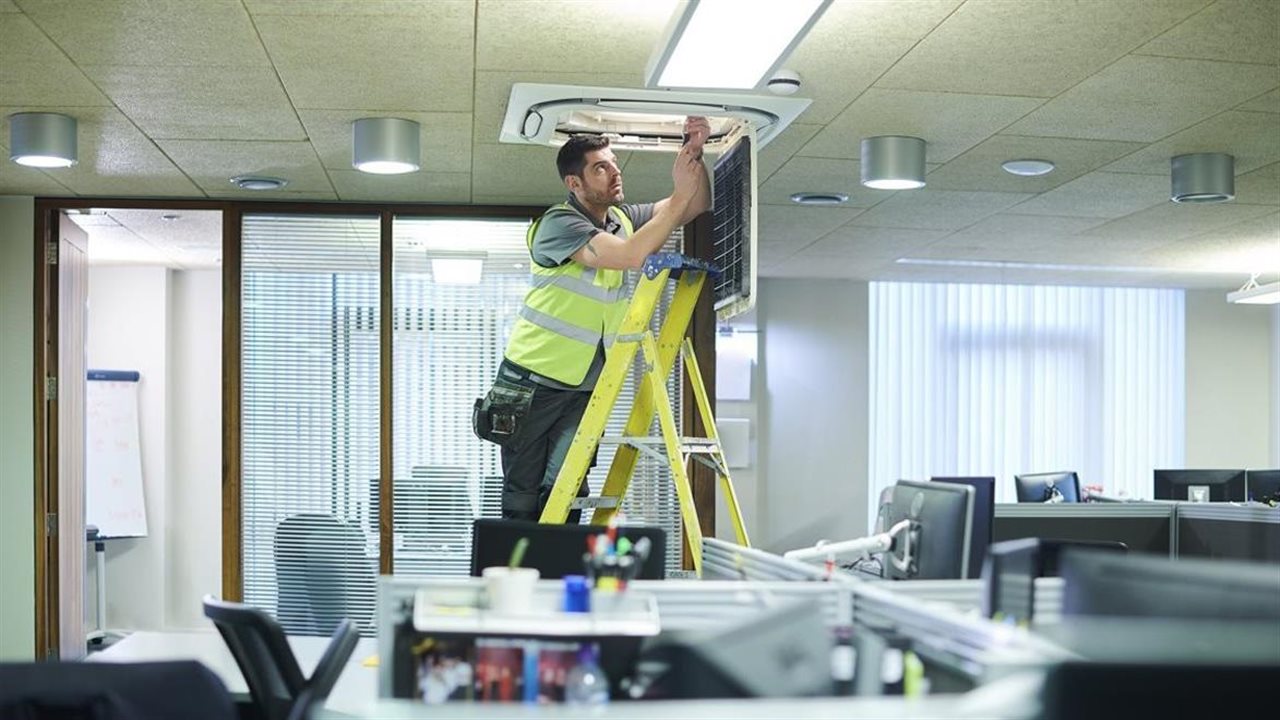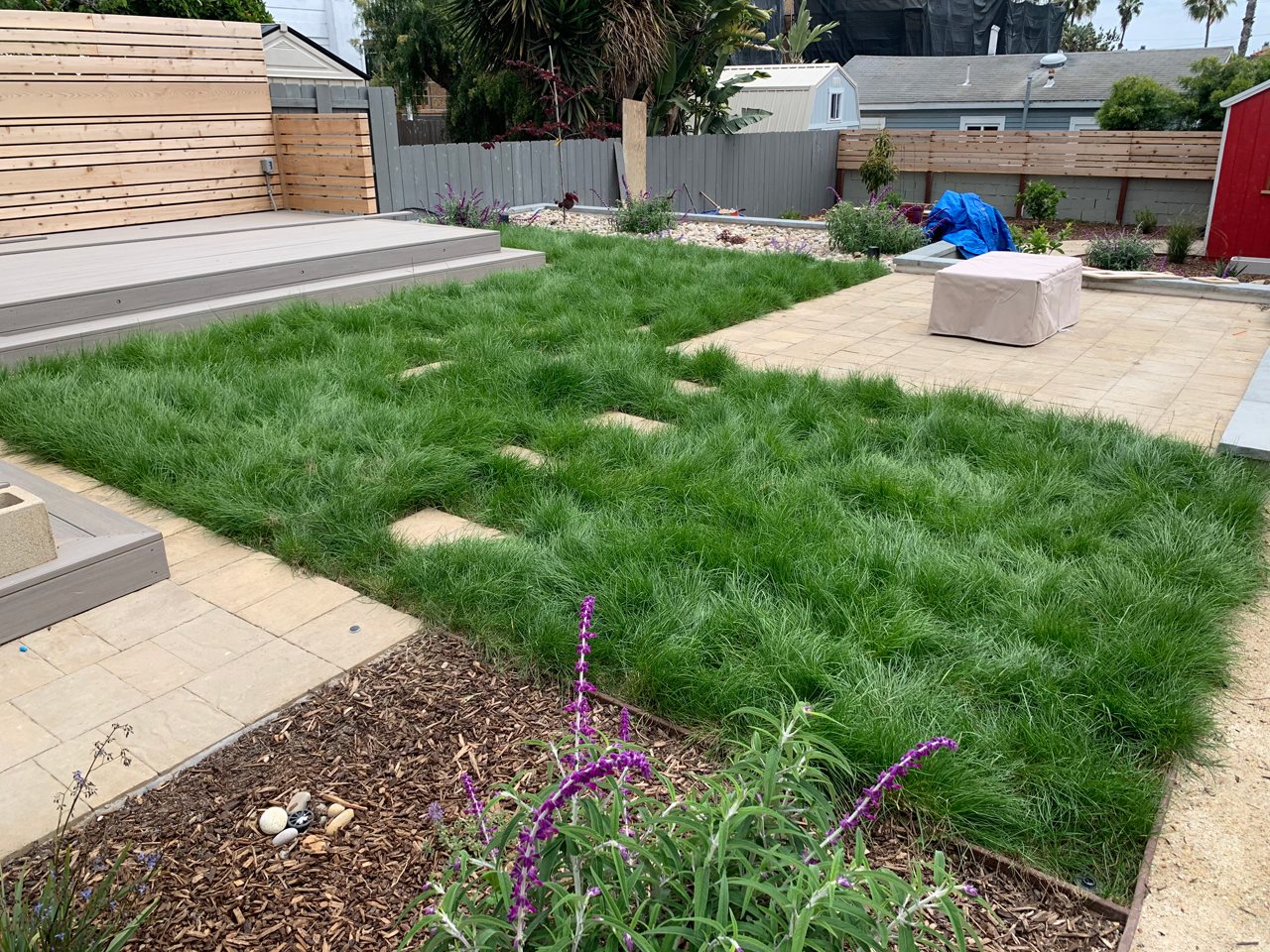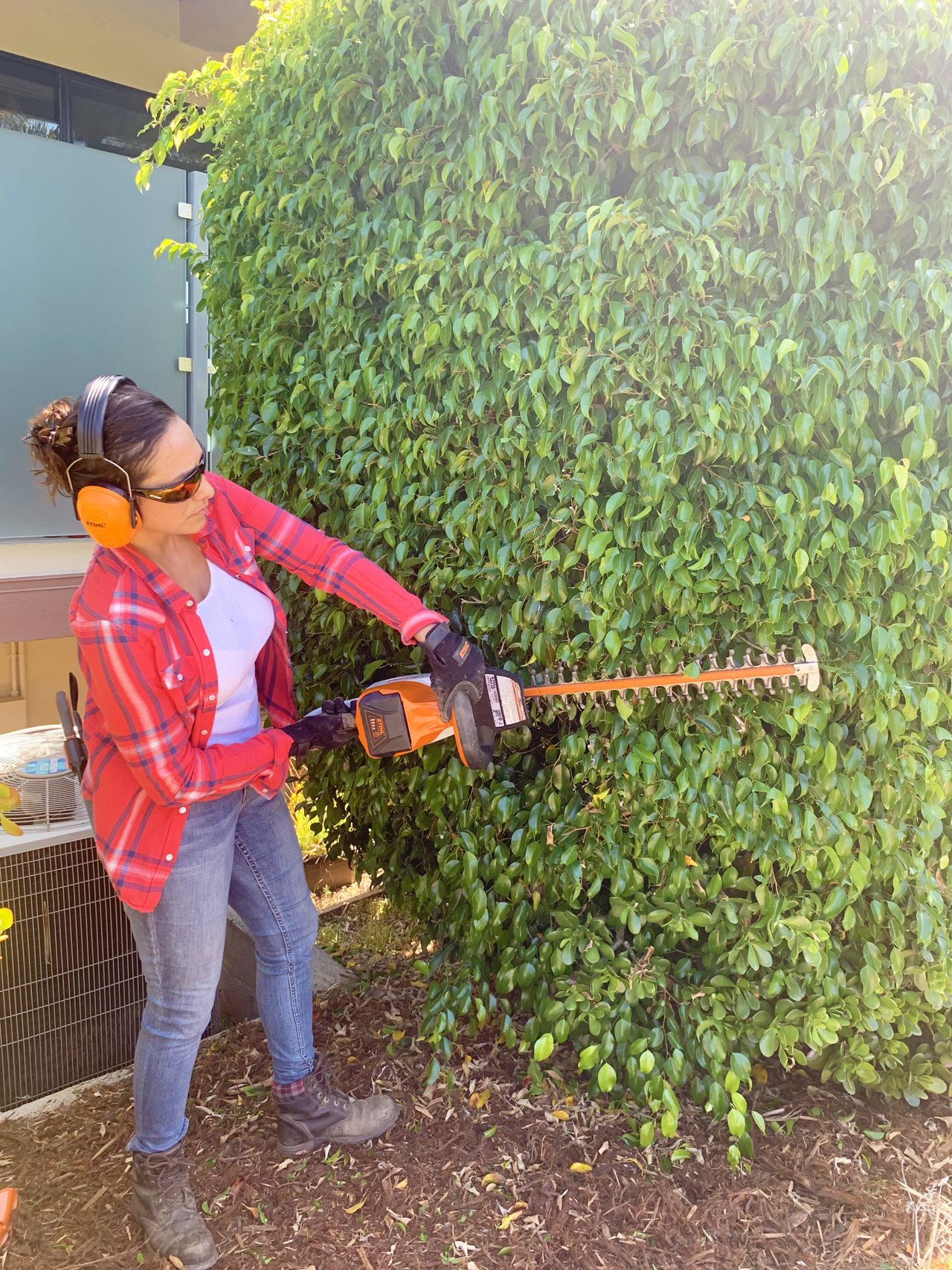2024-03-20T08:01:00
(BPT) – Kimberly, a dedicated teacher, avid skier, poet, and mother of two, had been struggling with thyroid issues for more than 30 years. Little did she know that her passion for teaching would soon be used both inside and outside of the classroom.
When starting college, Kimberly was determined to focus on her track career, yet her health soon started to rapidly decline. Suddenly, she had trouble sleeping and started experiencing weight and hair loss. Her fellow teammates and track coach started to worry about her health, yet when Kimberly did seek medical advice, two doctors went so far as to call her a hypochondriac and brushed her symptoms aside. Not only was Kimberly living with self-doubt and unending health concerns, but she also started experiencing issues with red, dry eyes that were unusual for her. Even when treating her eyes with gel to keep them moist, nothing could alleviate the pressure behind her eyes, which caused her frequent headaches.
In 1993, Kimberly traveled to St. Louis, Missouri, to intern with her uncle, who happened to be an ophthalmologist. Almost instantly he knew something was wrong and helped Kimberly see a doctor who diagnosed her with Graves’ disease, the most common form of hyperthyroidism.
Yet, even when her thyroid condition was finally under control, Kimberly’s eye symptoms continued to worsen. In addition to the dry eyes and redness she was experiencing, Kimberly’s eyes soon started bulging, making it difficult to look in either direction. Before long, Kimberly was only able to read one or two pages of a book before she needed a break, and fast-paced movie scenes gave her motion sickness – she started feeling hopeless.
Fast forward twenty-five years and after multiple eye lid surgeries, Kimberly learned that the eye symptoms she’d been experiencing all these years had a name: Thyroid Eye Disease (TED), which is a rare, autoimmune condition where the body’s immune system mistakenly attacks the tissue behind the eyes. TED may affect up to 50% of people with Graves’ disease and women are at a higher risk. In 2018, Kimberly sought out a TED Eye Specialist.
Treatment Options Are Available
Following many doctor visits and years of working with her TED Eye Specialist, Kimberly was pleased to learn a new treatment was available. In 2021, she was prescribed TEPEZZA® (teprotumumab-trbw) – the first and only FDA-approved prescription medicine used to treat Thyroid Eye Disease (TED), no matter if you’ve had TED for months or years. And TEPEZZA treats the source of TED, not just the symptoms. TEPEZZA is an intravenous medicine, also known as an IV medicine, meaning it is delivered through a needle in a person’s arm under supervision of a medical professional. TEPEZZA is given once every three weeks for a total of eight infusions, with a full course of treatment taking about five months.
Before starting treatment, Kimberly and her doctor talked about the risks and benefits of TEPEZZA including important safety information about infusion reactions, which can happen during or within 24 hours after your infusion of TEPEZZA. If you have a reaction while receiving TEPEZZA, your doctor or nurse will slow or stop your infusion and treat your reaction. If you have a severe infusion reaction, your doctor may stop your treatment completely. They also talked about the most common side effects of TEPEZZA like muscle cramps or spasms, nausea, hair loss, diarrhea, feeling tired, high blood sugar, hearing problems, taste changes, headache, dry skin, weight loss, nail problems, and changes in menstruation. Please read additional ISI about TEPEZZA at the end of this article.
Throughout her TEPEZZA infusion journey, Kimberly began to notice a decrease in the swelling and bulging of her eyes, and since completing treatment, the bulging and pain behind her eyes had reduced significantly. “I wasn’t sure if TEPEZZA would help with my TED symptoms since I’ve been living with the condition for so many years, but I was so relieved that it worked for me,” she said. Reading and watching movies also became comfortable again once Kimberly’s eyes returned to moving easily in all directions.
TED Education
To help others who may have been recently diagnosed, or who suspect they may be living with TED, Kimberly recommends people:
- Advocate for yourself and your symptoms. Even if the symptoms are not visible, be vocal about what you’re experiencing and how your symptoms are affecting your day-to-day life.
- Find a TED Eye Specialist such as an oculoplastic surgeon or a neuro-ophthalmologist. Both are trained to manage TED with eye examinations, evaluations, and treatment.
- Find a support system among people you can relate to and surround yourself with people who can help provide comfort on your TED journey.
- Even if you’ve been living with TED for many years, or even decades, talk to a TED Eye Specialist to see if TEPEZZA may be right for you.
Visit TEPEZZA.com to learn more and find a TED Eye Specialist near you.
USE
TEPEZZA is a prescription medicine used to treat Thyroid Eye Disease (TED), no matter if you’ve had TED for months or years.
IMPORTANT SAFETY INFORMATION
What is the most important information I should know about TEPEZZA?
Infusion reactions can happen during or within 24 hours after your infusion of TEPEZZA. If you have a reaction while receiving TEPEZZA, your doctor or nurse will slow or stop your infusion and treat your reaction. If you have a severe infusion reaction, your doctor may stop your treatment completely.
Tell your doctor or nurse right away if you have any of these symptoms during or after your treatment with TEPEZZA:
- High blood pressure
- Difficulty breathing
- Fast heartbeat
- Headache
- Redness of the face/Feeling hot
- Muscle pain
If you have inflammatory bowel disease (IBD), such as Crohn’s disease or ulcerative colitis, TEPEZZA may make your IBD symptoms worse. Symptoms of worsening IBD may include: an increased number of loose stools with stomach pain or cramps, and blood in your stools. After each TEPEZZA infusion, tell your doctor right away if you have worsening IBD symptoms.
TEPEZZA may cause an increase in your blood sugar. Before starting treatment with TEPEZZA, tell your doctor if you are currently being treated for diabetes, know your blood sugar is high, or have been diagnosed with diabetes. It is important for you to take your treatments and follow an appropriate diet for glucose control as prescribed by your doctor.
TEPEZZA may cause severe hearing problems including hearing loss, which in some cases may be permanent. Tell your doctor if you have any signs or symptoms of hearing problems or changes in hearing.
Before receiving TEPEZZA, tell your doctor if you:
- Have inflammatory bowel disease (Crohn’s disease or ulcerative colitis).
- Are currently being treated for diabetes, have been diagnosed with diabetes, or know your blood sugar is high.
- Are pregnant or plan to become pregnant. TEPEZZA may harm your unborn baby. Tell your doctor if you become pregnant or suspect you are pregnant during treatment with TEPEZZA.
- Women who are able to become pregnant should use an effective form of birth control (contraception) prior to starting treatment, during treatment and for at least 6 months after the final dose of TEPEZZA.
- Are breastfeeding or plan to breastfeed. It is not known if TEPEZZA passes into your breast milk. Talk to your doctor about the best ways to feed your baby during treatment with TEPEZZA.
- Tell your doctor about all the medicines you take, including prescription and over-the-counter medicines, vitamins, dietary and herbal supplements. Know the medicines you take. Keep a list of them to show your doctor and pharmacist when you get a new medicine.
What are the possible side effects of TEPEZZA?
The most common side effects of TEPEZZA include muscle cramps or spasms, nausea, hair loss, diarrhea, feeling tired, high blood sugar, hearing problems, taste changes, headache, dry skin, weight loss, nail problems, and changes in menstruation.
This is not a complete list of all possible side effects. Tell your doctor or treatment team about any side effect you may have.
You are encouraged to report negative side effects of prescription drugs to the FDA. Visit www.fda.gov/safety/medwatch, or call 1-800-FDA-1088.
Please visit TEPEZZA.com for more information.






































